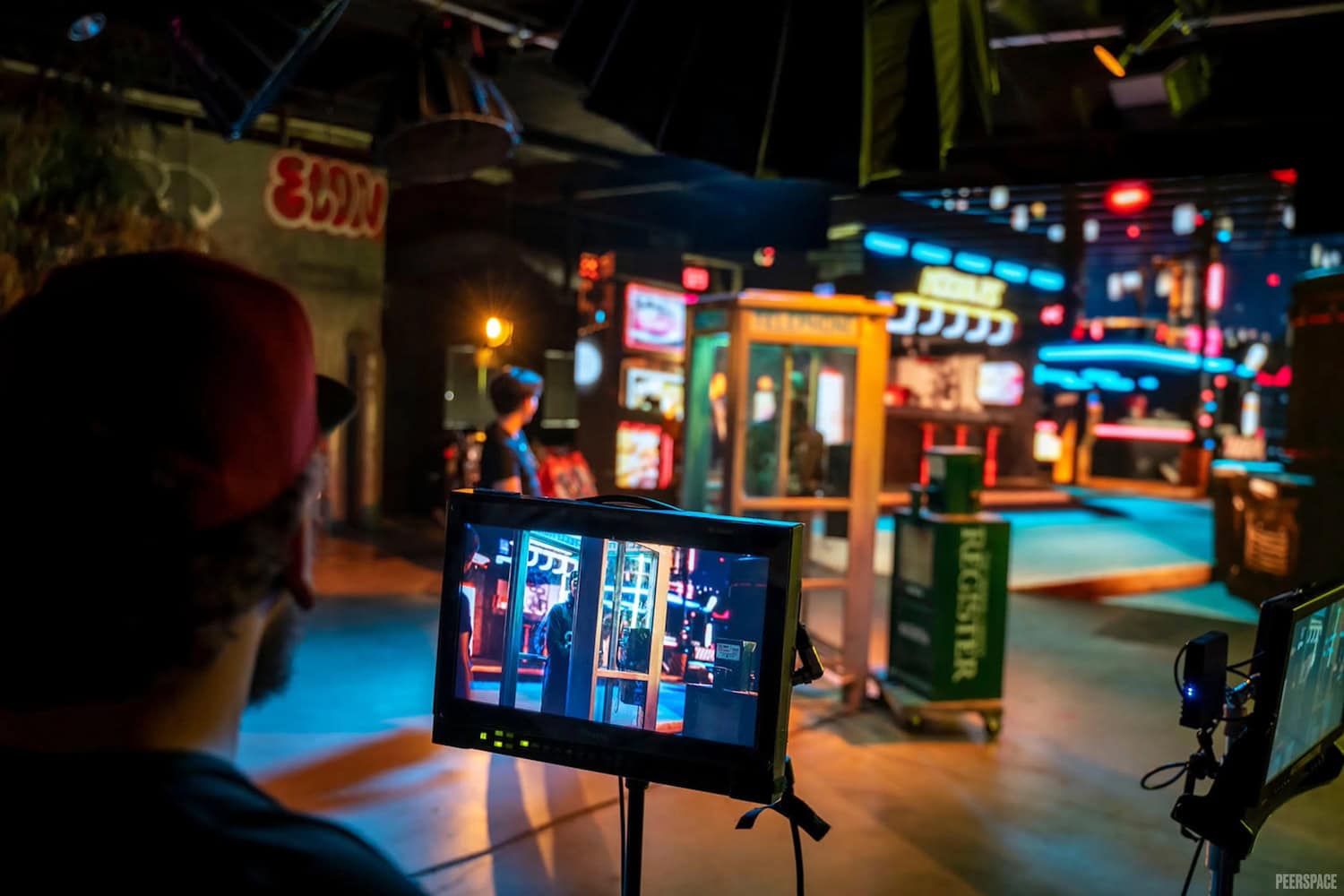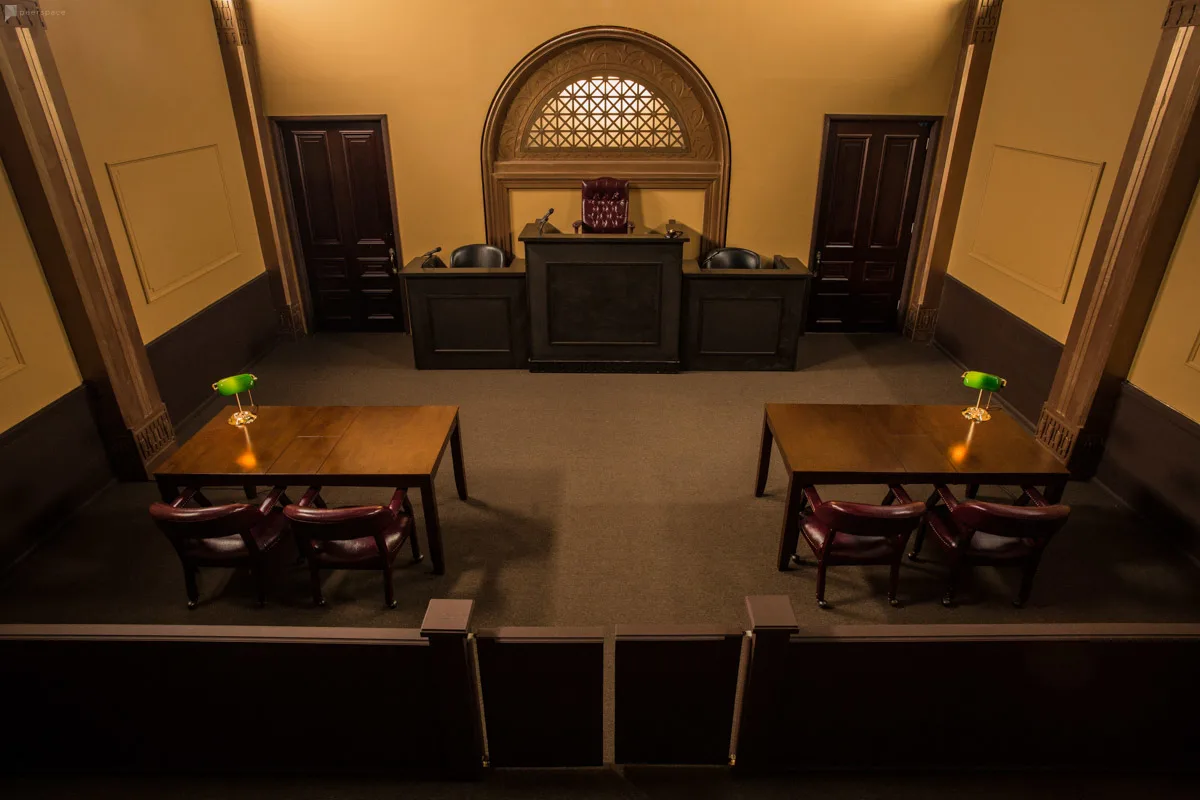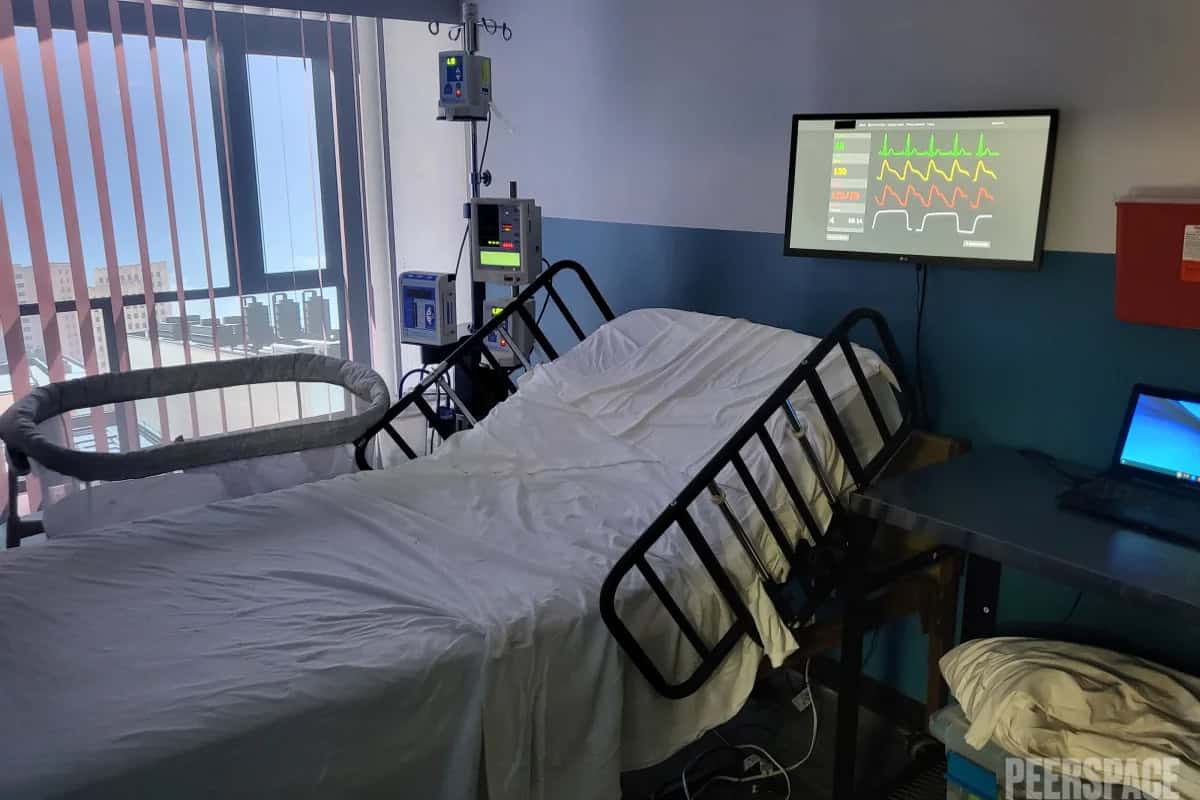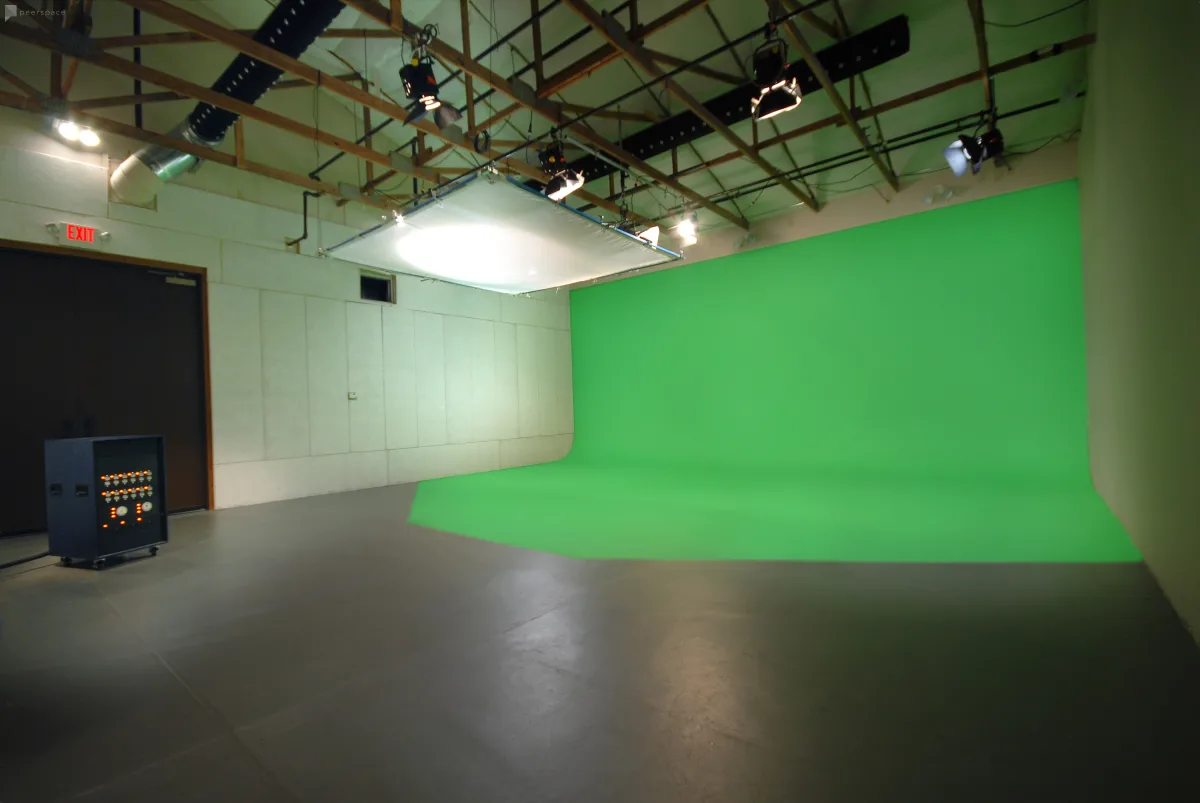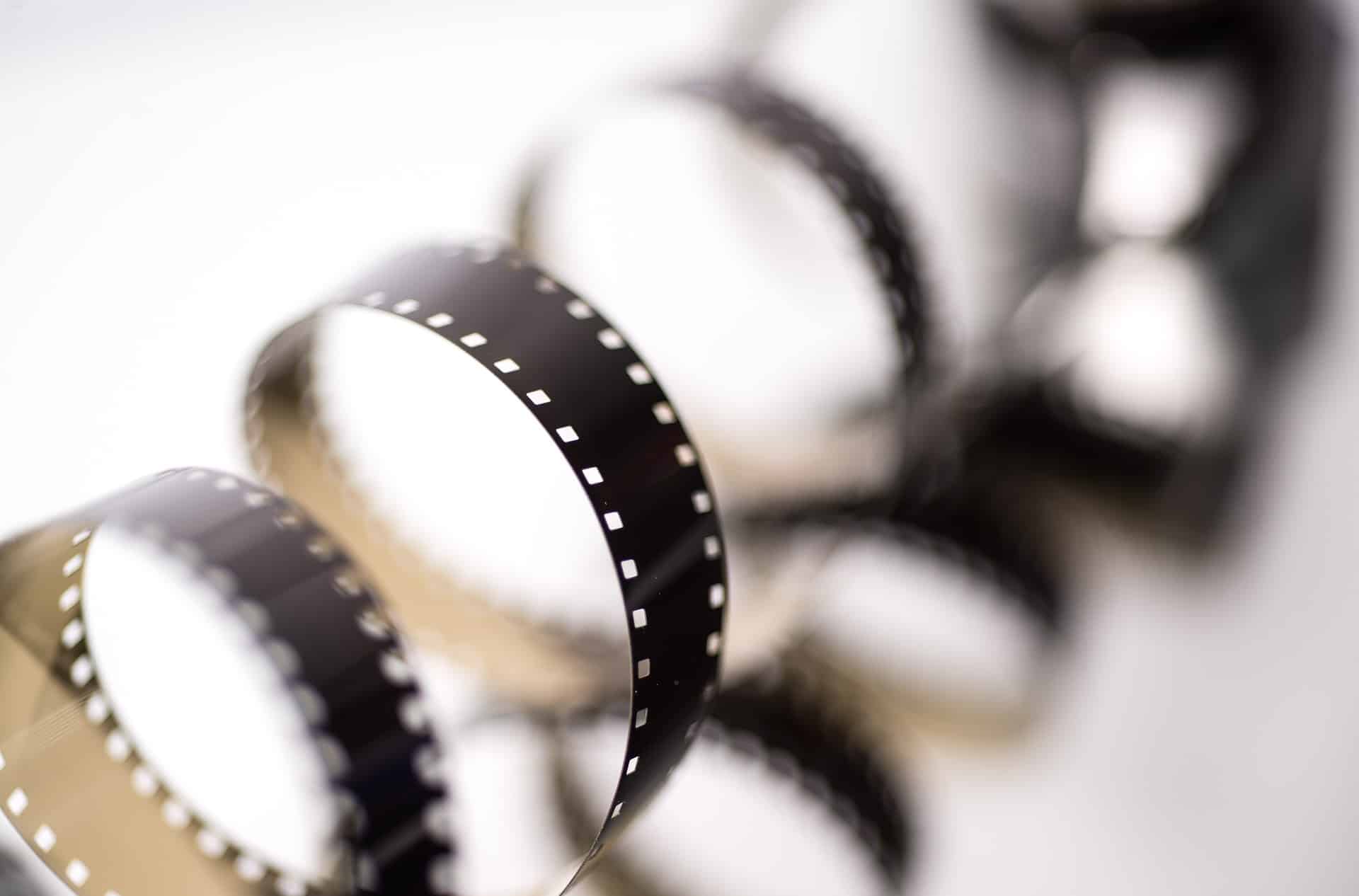
Source: Pixabay
Behind every movie are many hours of hard work and many creative minds. With many minds, come many visions. Anyone who grew up watching home movies, remembers searching through store shelves for the director’s cut version of their favorite film. While director’s cuts may provide an additional hour of viewing time, it also provides so much more. But exactly what is a director’s cut?
Like all great projects, films evolve from several rough drafts. These drafts or cuts go through many stages chosen by editors’ producers and directors. Directors or producers would aid editors in the drafting process. Traditionally, the director’s cut was one of the many cuts in this process. However, now studios pick the version released in theaters. Now the director’s cut is viewed as the version that reflects the director’s true vision for the movie.
Why does the director’s cut come out long after the movie premieres?
Studios usually release the “director’s cut” alternatives after the theatrical run. They are available for home viewing allowing the viewer to enjoy an often-longer version. The most famous of this type of director’s cut is the Lord of Rings trilogy extended version.
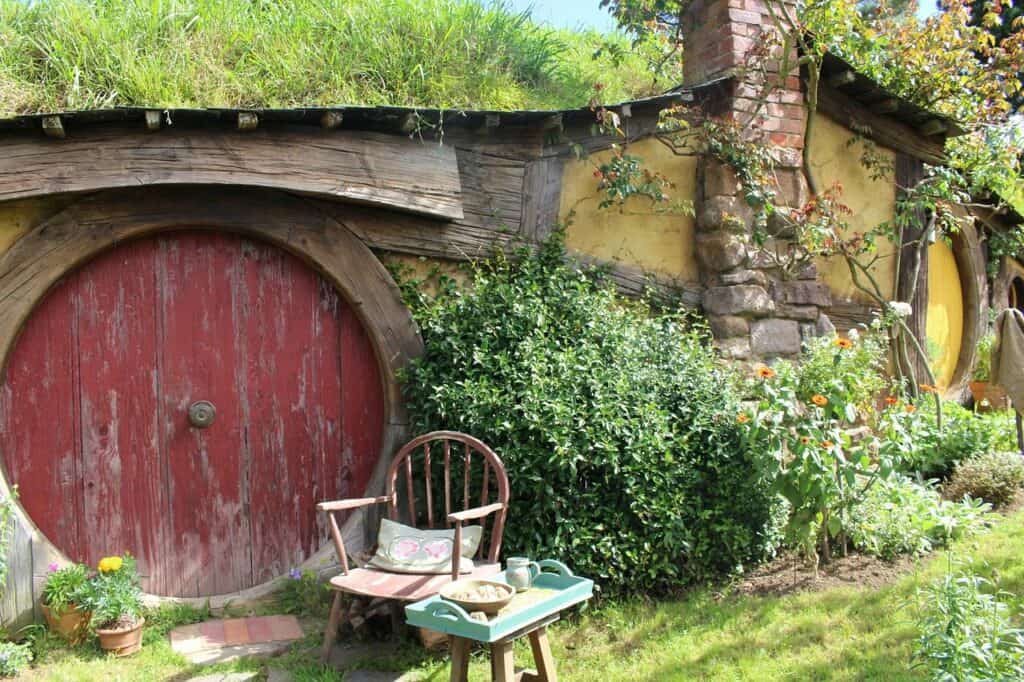
While all extended versions are not the director’s cut, in this case, the extended version reflected the director’s true vision for the film. The theatrical version of the trilogy was 178, 179, 201 minutes long. The extended versions were 208, 226, and 252 minutes long.
The director’s cut ended up being a sum of over 2 hours longer than the theatrical editions. These extended versions were huge hits with the fans. Even today, critics and fans discuss the importance of the extended versions.
Why do studios choose the theatrical cut?
The studio releases a cut different from the director’s imagination for several reasons. Often a studio might cut scenes to fit a deadline, shorten the length, or simplify the story. They also might edit scenes to remove obscene scenes or due to budget restraints. The more money and resources a studio raise for a film, the likelihood of the studio deciding the final cut increases.
If the studios ultimately get the final decision, some may believe the director’s cuts aren’t necessary, but the director’s cuts are still an integral part of the editing process. To this day directors collaborate with the editing team.
Additionally, most creatives will say a project is so much more than a project. It’s truly a manifestation of their thought process, emotions, and imagination. Every creative wants to see the fruition of their hard work; directors are no different. Director’s cut versions are a way to realize their vision.
Beyond the need to finish a project, movies are visual stories and interesting stories have different perspectives. So, what is a director’s cut? Simply, the director’s cuts are different perspectives to a story. Audiences enjoy watching these different perspectives.
Real-life examples of a theatrical cut vs. a director’s cut

Ridley Scott’s movie, the Kingdom of Heaven, shows the importance of different cuts. Unlike the Lord of the Rings extended version, the Kingdom of Heaven director’s cut was only 50 minutes longer than the theatrical version. Despite being less than an hour longer, fans raved that the director’s cut added more context and character development.
Airing several different cuts can be costly and confusing to the fans. Another Scott movie, Blade Runner, is famous for its many editions. Since its theatrical debut in 1982, Blade Runner has undergone many alternatives including international editions and workprint.
It wasn’t until 1992 that the Blade Runner director’s cut was released. Although the 1992 version was closer to the director’s vision, Michael Arick, not Scott, largely controlled this edit. This deviation made fans ask, “what is a director’s cut?” In this case, Arick, a film preservation, and editor had the final authority in the director’s cut.
The 2007 Final Cut version was the closest to Scott’s vision. Between the theatrical version, director’s cut and final cut, there’s only a minute difference. Like Scott’s other film, fans say Blade Runner’s final cut provides the most context and development to the plot.
What is a final cut and how does a director get a say?
As mentioned before, studios often decide the final version that goes to the theaters. Sometimes directors agree beforehand that they will have the final say in the version released to the public.
Many directors desire final cut privileges but rarely receive them. Tenured commercially successful directors most often receive this freedom. Even then studios can rescind this privilege due to budget or time reasons.
If you’re a new director, how do you get final cut privileges?

They are especially rare but even if you’re a new director, it is possible. Stay independent. Instead of going to a studio for a budget, raise it yourself. This is an incredible feat that requires hours of networking, but in this age, networking is easier than ever.
There are many websites to help to crowdfund and ways to connect with others. If you have some experience directing, small studios may provide smaller budgets, but they may allow more control over the final version.
A smaller studio may provide more leniency to a director with experience. Receiving final cut privileges isn’t easy, but if creative control is important to you, it’s worth the hardship.
The bottom line
To summarize, what is a director’s cut? Directors are an integral part of the filmmaking process, but their vision isn’t always realized. The final piece viewers see is an amalgamation of the editor’s, producers, and the studio’s wishes.
The more money studios put into a film; the more creative power is taken away from the director in the final product. Director’s cuts give directors the power to fully realize their creative vision. Fans, to this day, enjoy comparing the theatrical and alternative versions.
In some cases, the director has the final say in the theatrically released version; this is called the final cut. It is no easy feat for a director to get final cut privileges. It takes years of hard work, dedication, and a proven track record of commercially successful movies.
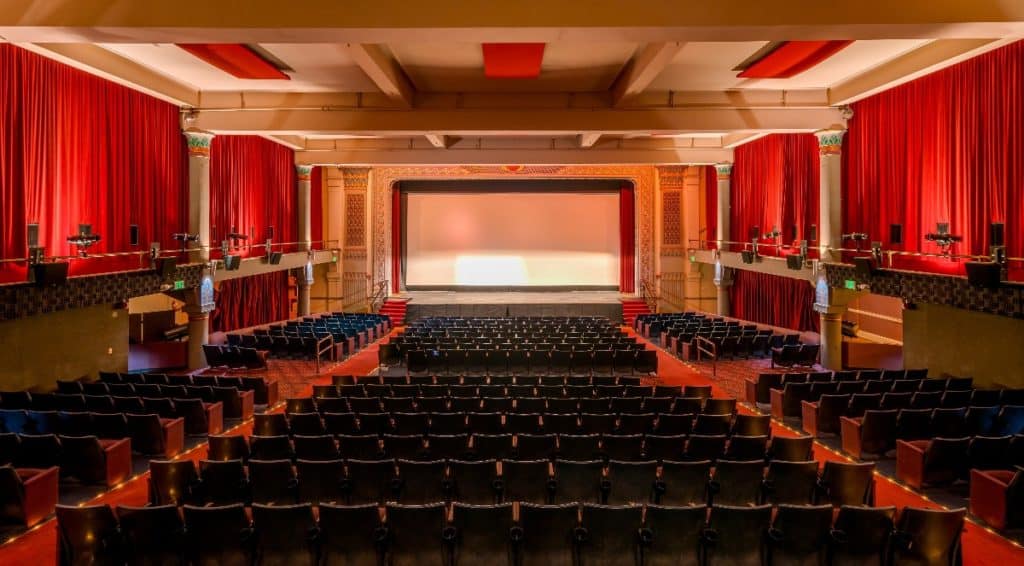
Some directors may divert these challenges by working independently or choosing smaller studios. Even then directors may face the challenge of time and budget constraints.
However, no matter if a director has the final cut privileges or the studio chooses to release the director’s cut after a movie’s original run, director cuts provide the audience with another watching experience. Director’s cuts can add another viewpoint, character development, and more context.
Most importantly, these cuts allow directors to express their creativity. In short, the director’s cut continues to be an important part of the development of a product and expression of creative freedom.
Find unique film locations on Peerspace
Get together somewhere better
Book thousands of unique spaces directly from local hosts.
Explore SpacesShare your space and start earning
Join thousands of hosts renting their space for meetings, events, and photo shoots.
List Your Space

